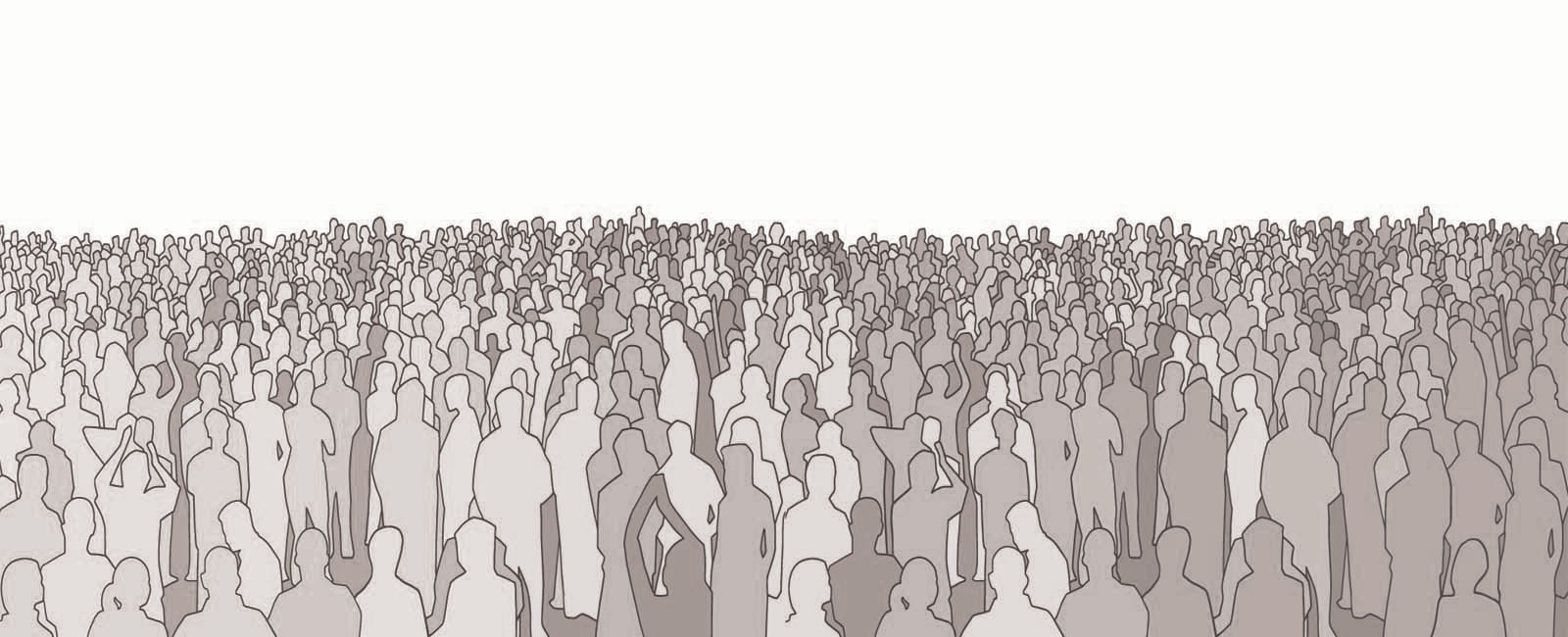In the last few decades, the theory of cumulative (dis)advantages has been one of the most influential in life course sociology, stimulating numerous research studies on the construction of social and health inequalities in old age across the life course. Recent syntheses have shown that the accumulation of disadvantages and the accumulation of advantages are not symmetric. In this talk, we will focus on the former; on the “dark side” of the disadvantaged at the “bottom-of-the-pyramid.”
Firstly, we will look in detail at one dimension, income poverty in old age. The results obtained through the work of the Swiss NCCR LIVES are compared with the international literature. Everywhere, early-life conditions (family context, education) were found to be decisive. Later in life, throughout adulthood, various welfare regimes governed life courses. But, as a rule, most limited the triggering processes associated with a low level of education. A modest safety net prevented the accumulation of disadvantages and instead produced a “cumulative continuity” at low levels. More recent analyses, however, have shown the limits of this stability: older adults who have been blue collar workers are more at risk of falling into poverty.
Secondly, beyond those syntheses, we will move towards an interdisciplinary approach to a specific minority group. We will draw a portrait of older adults who did not benefit from the progress in health and living conditions that has changed the realities of ageing over recent decades. And we will do so through an integration of studies on the life course construction of socioeconomic inequalities with those devoted to the roots of interindividual variability in cognitive performance. We will also discuss at which point a penalty (or deficit) in a given dimension is associated with other penalties, considering those who are simultaneously income poor, cognitively underperforming, frail, without social participation, alone, etc.


